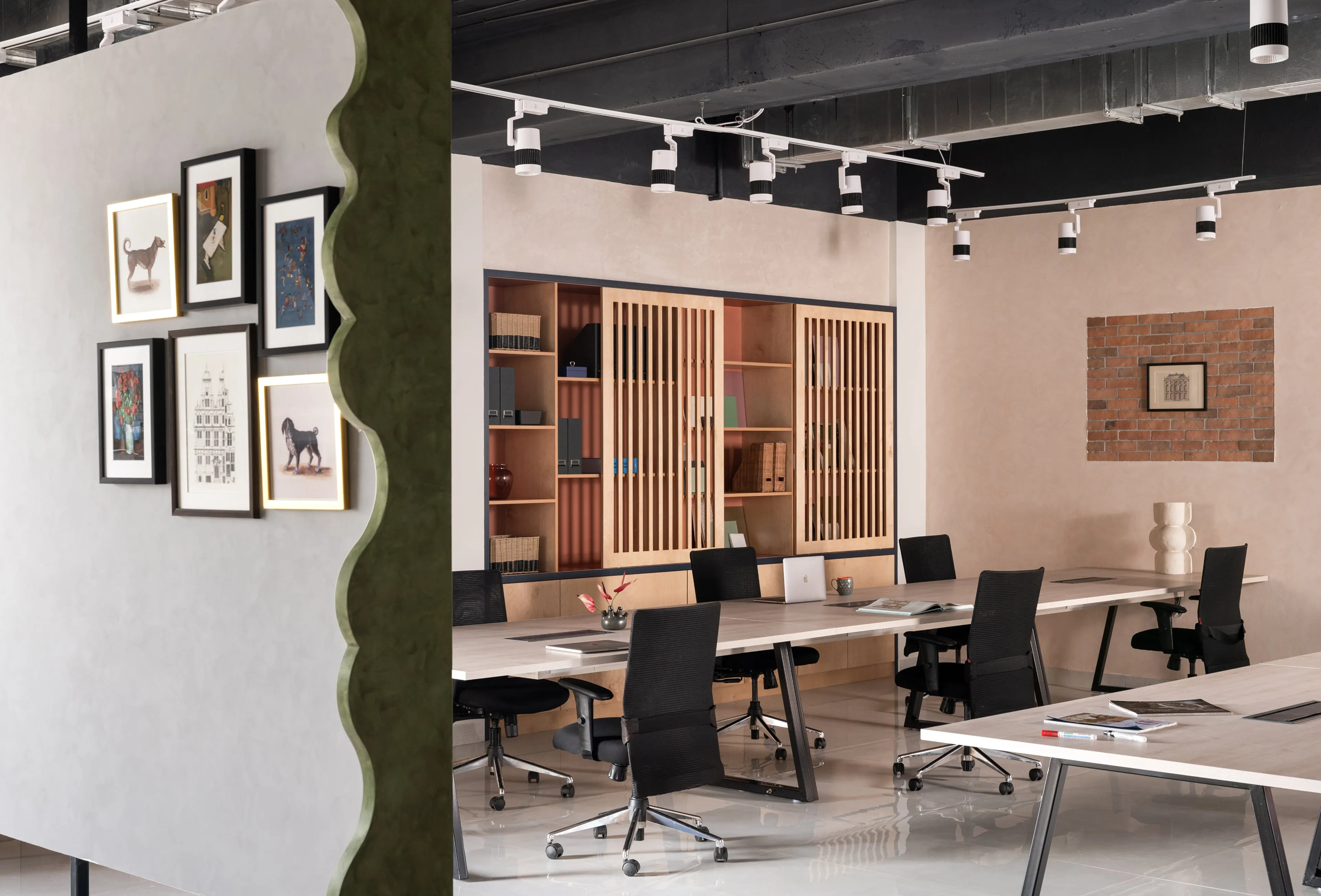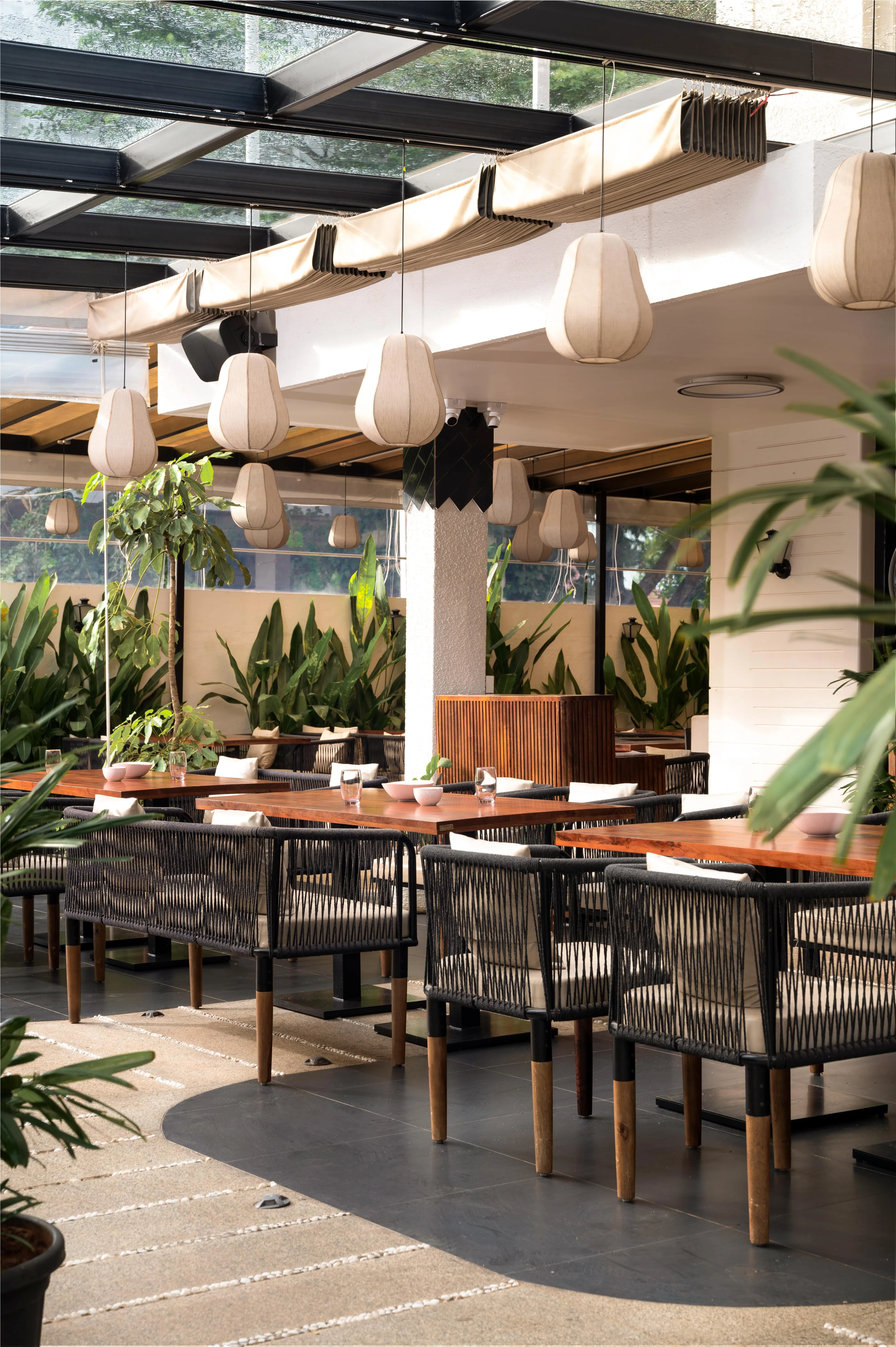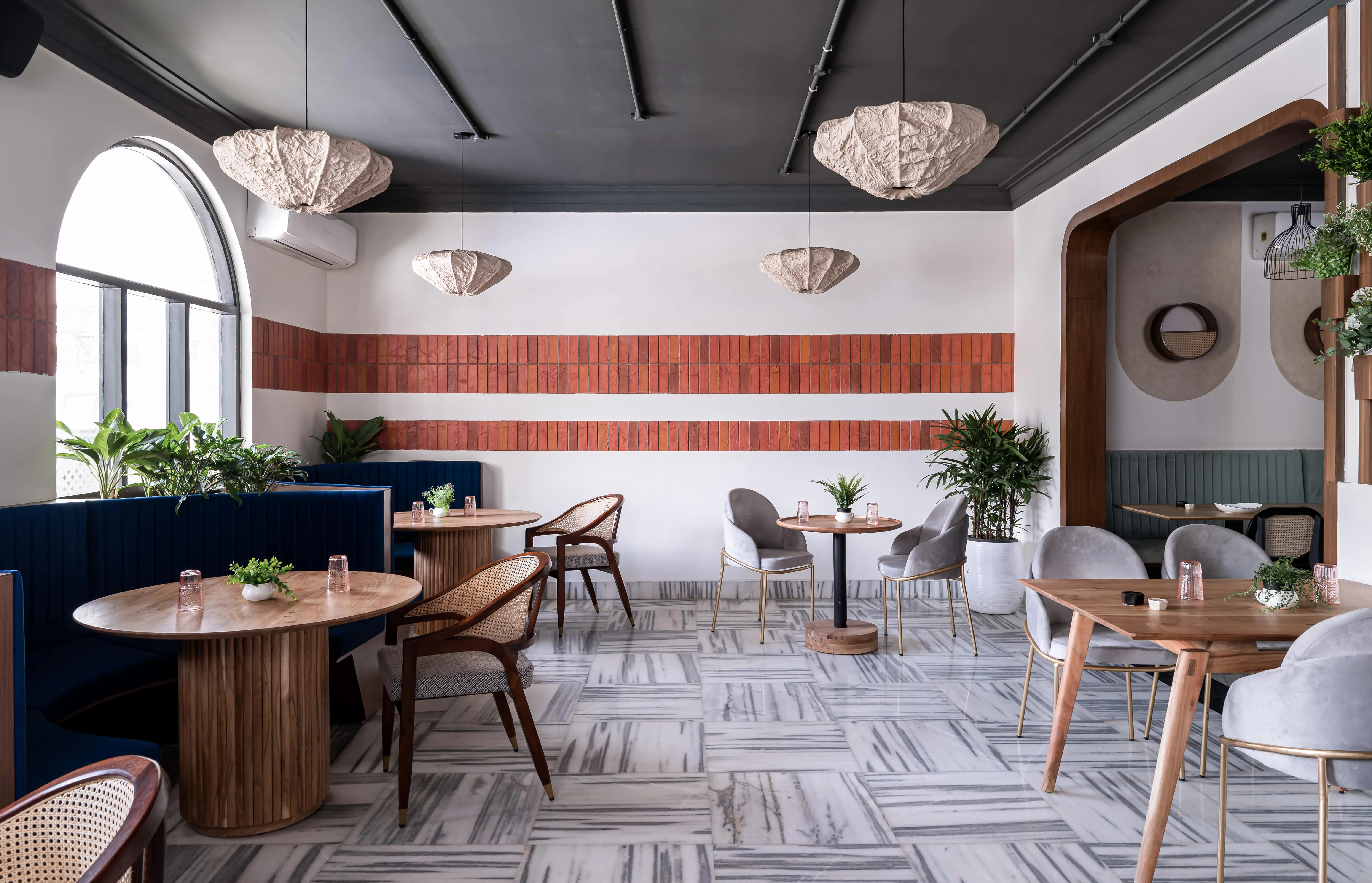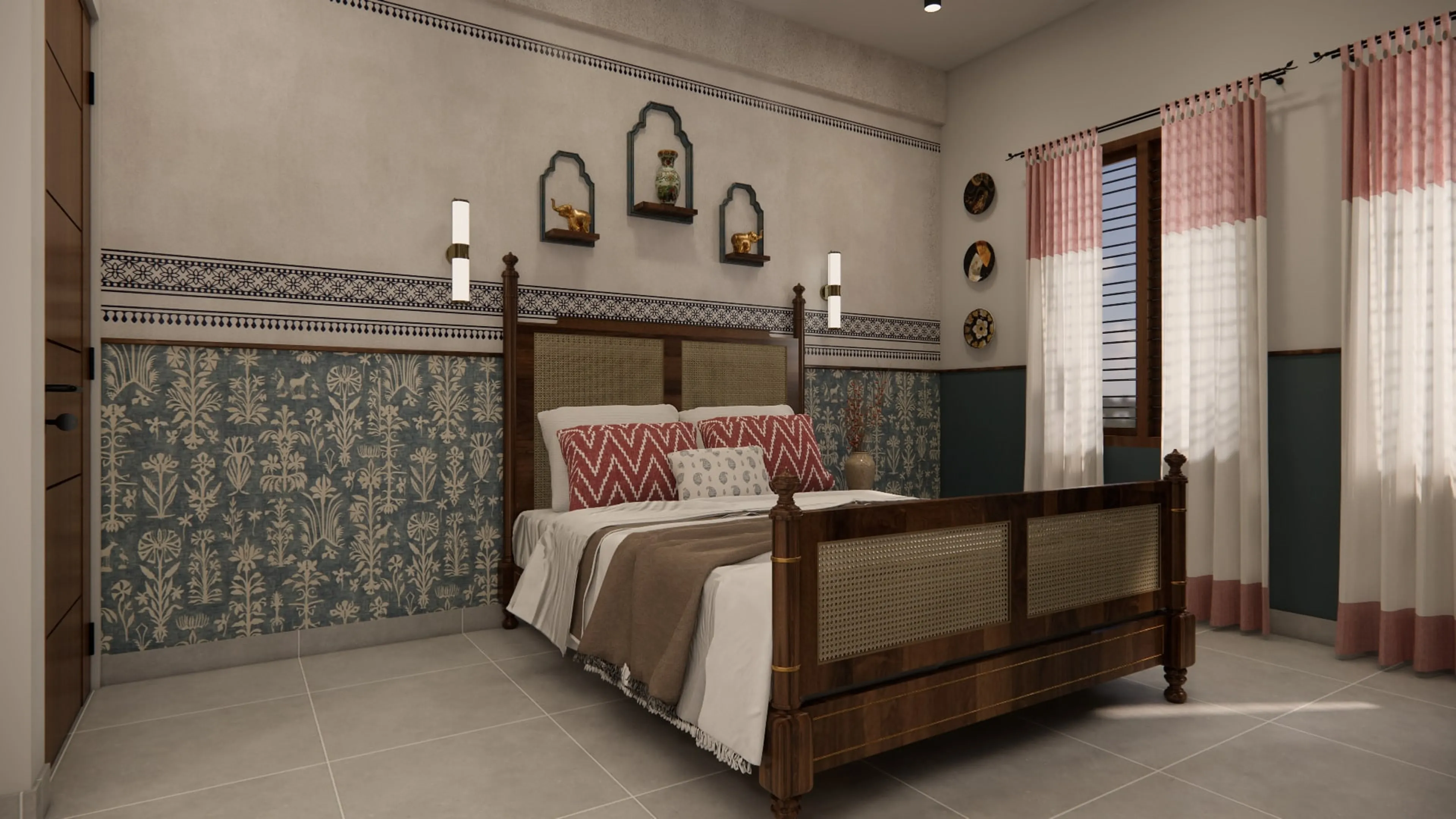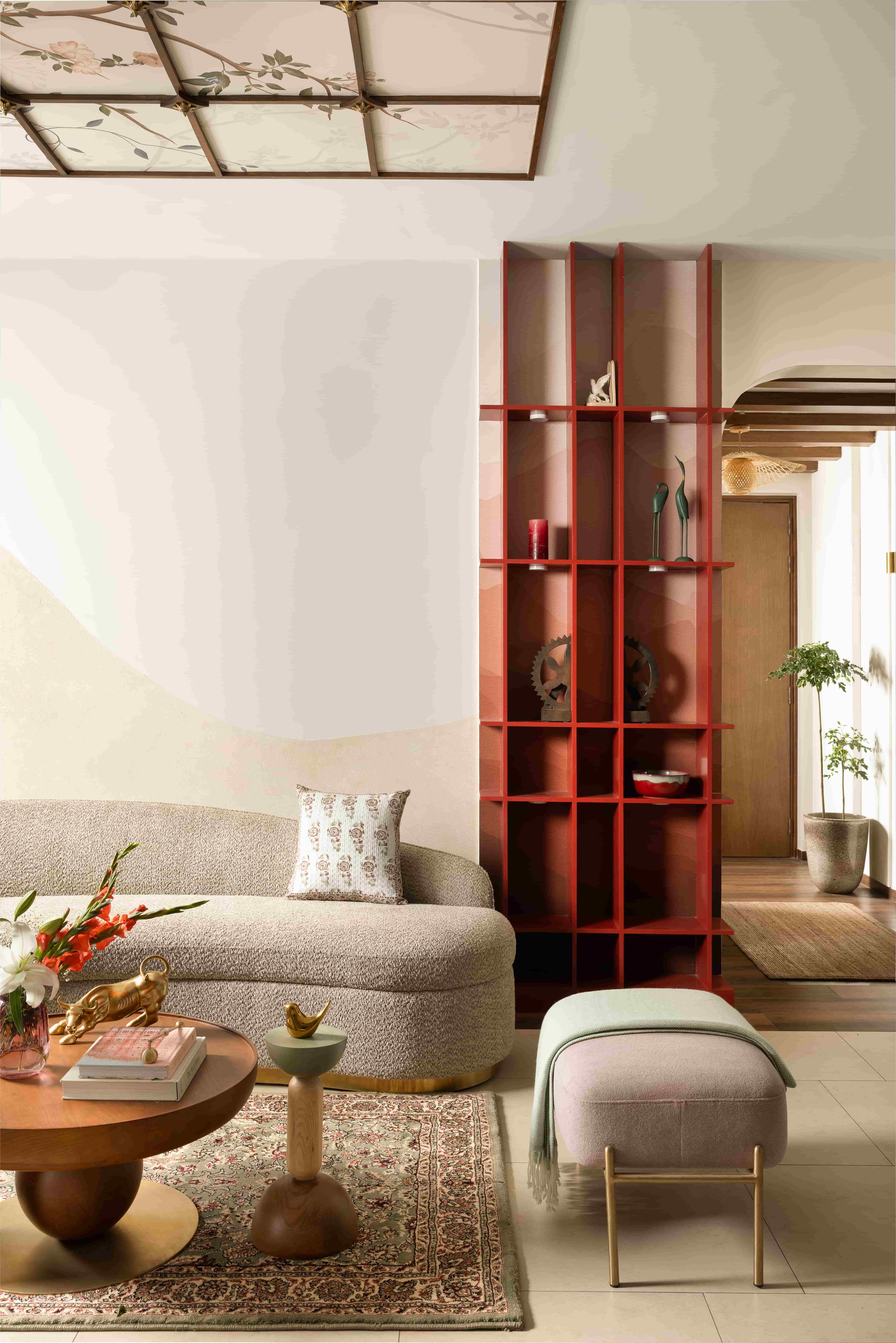Introduction
A well-designed office accomplishes much more than just look good. It increases output, fortifies brand identification, and raises team morale in general. When workers are inspired and at ease, that enthusiasm is automatically reflected in their work.
When commercial interior design is thoughtfully organised, even small workplaces can feel roomy and useful. Small businesses may create offices that feel productive and professional without needing a lot of square footage by using clever layouts, appropriate materials, and deliberate design choices.
Workspace Design Ideas
1. Start with a Smart Layout and Zoning
Every productive office starts with a design that encourages concentration and teamwork. Establish distinct places first, such as breakout spaces, quiet nooks, conference rooms, workstations, and collaboration areas.
Modular layouts that may change as the team expands are advantageous for small organisations. The same room can be used for several purposes thanks to movable partitions, adaptable seating configurations, and multipurpose spaces. This adaptability keeps the office vibrant and prepared for the future.

2. Choose Flexible, Multi functional Furniture
Furniture plays a major role in making small offices efficient. Choosing multipurpose items saves money and space. Desks that are expandable or convertible, for instance, provide versatility. Benches for storage that can also be used as seats make the most of available space.
Priority should always be given to ergonomics. Good posture and increased productivity are supported by comfortable chairs, movable desks, and strategically placed screens. An employee in good health is always more motivated and concentrated.
3. Incorporate Biophilic and Well being Elements
Workplaces that prioritise well being tend to nurture positive work cultures.Natural features like plants, artwork inspired by vegetation, tactile surfaces, and natural materials are all used into biophilic design. These lower stress levels and enhance indoor air quality.
Fresh air, bright light, and peaceful surroundings improve mood and promote improved performance. Employees feel more a part of the company when their workspace is welcoming and healthy. This can help small firms develop an experience-driven culture that makes them stand out in crowded markets.
4. Harness Light, Colour and Material to Maximise Impact
Colour and lighting have a big impact on how roomy a space feels. To make smaller spaces appear larger, use glass panels, shiny surfaces, and light tones. These decisions make the workspace feel lighter and more spacious.
Accent hues can distinguish particular zones or strengthen brand identity. Bright colours, for instance, can designate areas for collaboration, while calming hues might be best for focus areas. To guarantee longevity and aesthetic harmony, materials should be carefully selected.
.jpg)
5. Leverage Technology and Smart Design for Efficiency
Workflows can be streamlined and clutter can be decreased with technology. Smart lighting controls, projectors, video conferencing screens, wireless charging stations, and shared workstations all contribute to the efficiency of small enterprises.
You should never ignore cable management. An office appears disorganised due to visual clutter caused by exposed wiring. Under-desk cable pathways and modular electrical panels keep things neat and tidy.
6. Create Inspiring Collaboration and Breakout Spaces
Collaboration is essential for development and creativity. By including informal zones, even small offices can foster collaboration. Quick conversations and brainstorming are encouraged with lounge seating, stand-up meeting tables, and writing walls.
Employees can unwind, rejuvenate, or engage in creative thought away from their desks in breakout rooms. These areas assist small businesses in projecting a lively and adaptable environment that appeals to both customers and staff.
7. Focus on Brand Identity and Aesthetic Coherence
A well designed workspace should express the personality of the business. Use brand colours, textures, typography and visual elements that reflect your story. This builds recognition and creates an environment that feels uniquely yours.
Small businesses should aim for consistency across finishes, materials, furniture and flooring. A cohesive aesthetic prevents a patchwork look and creates a polished professional impression.
Next Steps: Working with Commercial Interior Designers
Engaging commercial interior designers early in your project ensures that all planning is done thoughtfully. Experts help define the brief, plan layouts, estimate budgets and create a clear timeline.
Professional designers also assist with sourcing materials, coordinating vendors and ensuring compliance with essential standards such as ventilation, lighting, safety and fire regulations. For small business fit outs, this guidance prevents costly errors and ensures the workspace performs efficiently from day one.
Key Takeaways
Here is a quick summary of the best workspace design ideas for small businesses
• Plan clear zones for work, collaboration, quiet focus and breakouts
• Use flexible furniture that adapts to changing needs
• Prioritise well being with plants, natural materials and good light
• Expand visual space with light colours and reflective surfaces
• Integrate technology for efficiency and clutter free design
• Add breakout areas to support creativity and team bonding
• Maintain brand identity with a cohesive design style
The right strategy helps small businesses maximise the impact of their space, stay productive and build a strong identity even with limited square footage.
FAQ
What are the best layout ideas for a small business office?
Smart zoning, modular workstations and multi use areas help make small offices feel organised and efficient.
How can small offices incorporate wellness design without huge cost??
Simple additions like indoor plants, natural textures, clean air circulation and comfortable seating significantly improve well being.
What furniture types work best in flexible small business workspaces?
Modular desks, mobile partitions, ergonomic chairs and storage benches create adaptable and efficient layouts.
Why should a small business hire a commercial interior designer?
Designers bring expertise in space planning, compliance, technical integration and execution. They help avoid costly mistakes and deliver a polished, functional workspace.

.jpg)
